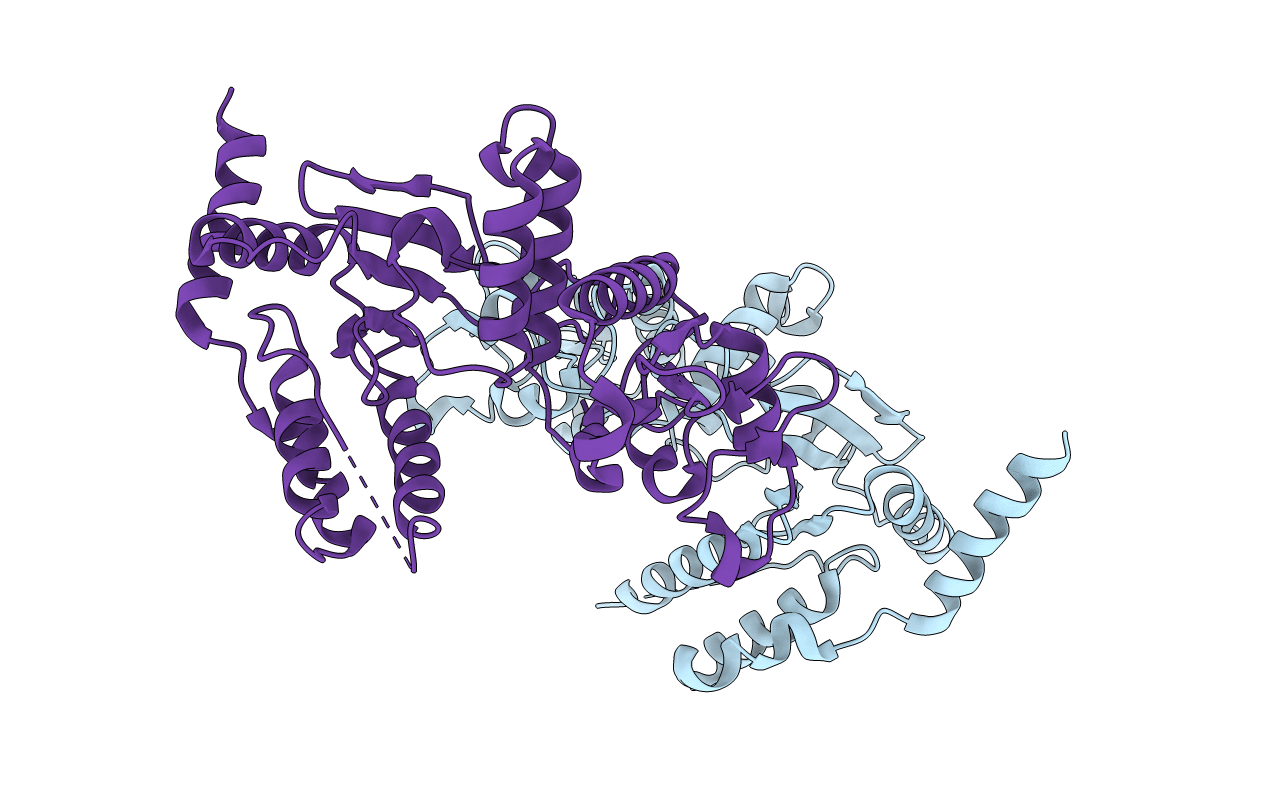
Deposition Date
2006-04-28
Release Date
2006-09-19
Last Version Date
2024-02-14
Entry Detail
PDB ID:
2GU0
Keywords:
Title:
Crystal Structure of Human Rotavirus NSP2 (Group C / Bristol Strain)
Biological Source:
Source Organism:
Human rotavirus C (Taxon ID: 10943)
Host Organism:
Method Details:
Experimental Method:
Resolution:
2.80 Å
R-Value Free:
0.28
R-Value Work:
0.23
R-Value Observed:
0.23
Space Group:
I 4


